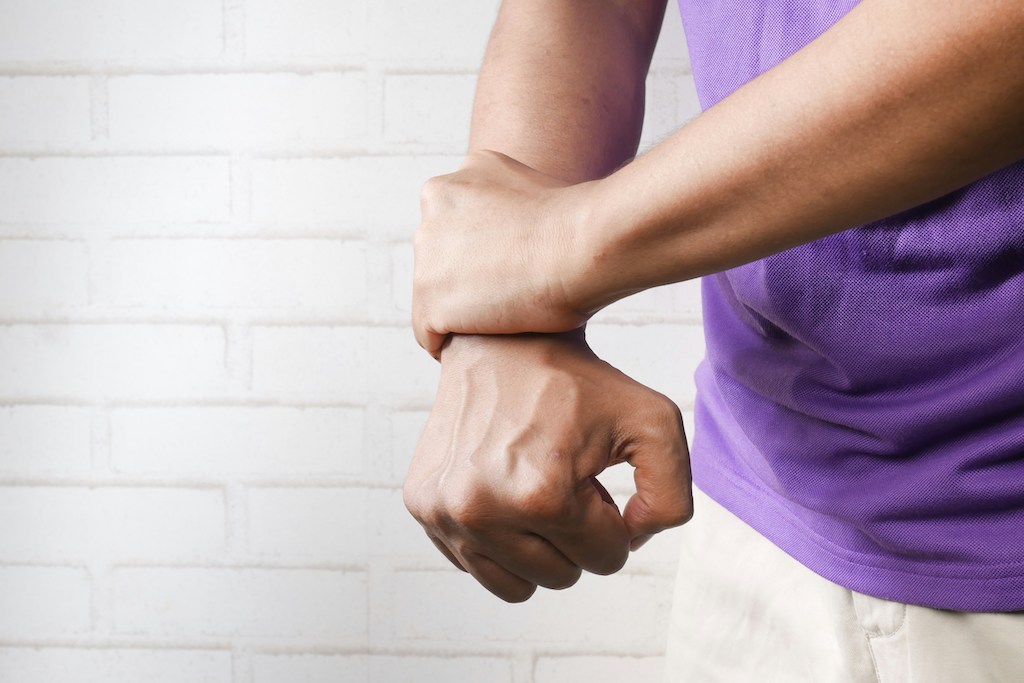Sprained wrist
Sprained wrist injury involves injury to the ligaments of the wrist. Sprains are a frequent occurrence when the hand is extended to break a fall. Ligaments are essential for stabilisation of the hand and control of movement. Sprained wrists differ from moderate to severe, with the latter tearing the ligaments and instability of the joint. The injury is common in skiing, football, basketball and snowboarding.
The eight carpal bones of the wrist are connected via ligaments – bands of connective tissue. Ligaments connect the bones of the wrist with the ulna, the radius and the metacarpal bones of the hand. When one or more ligaments are injured, the coordination of those bones is required, for fine hand motion.

Cause of injury
Mainly in sports where falls are common: cycling, snowboarding, in-line skating, football, baseball and volleyball. Deficiency of protective gear, including wrist guards. Muscle atrophy or weakness.
Sprained wrist symptoms
Pain while moving the wrist. Burning or tingling. Bruising or discolouration of the skin.
Complications unattended
Moderate to severe wrist sprains can result in arthritis in the area of the injury in addition to a deficit of movement and strength in the wrist.
Sprained wrist immediate treatment
RICER regimen after injury. Immobilization of injured wrist to restrict movement.
Sprained wrist rehabilitation and prevention
Flexibility and range of motion exercises could be encouraged by a physical therapist, after recovery of the fascia. If the ligament is torn completely or if the sprain is accompanied by a fracture, surgery may be required. The use of protective guards for concentration and wrists on balance during sports activity might help to prevent this injury.
Long-term prognosis
Wrist sprains undergo great recovery given proper healing time and appropriate care.

